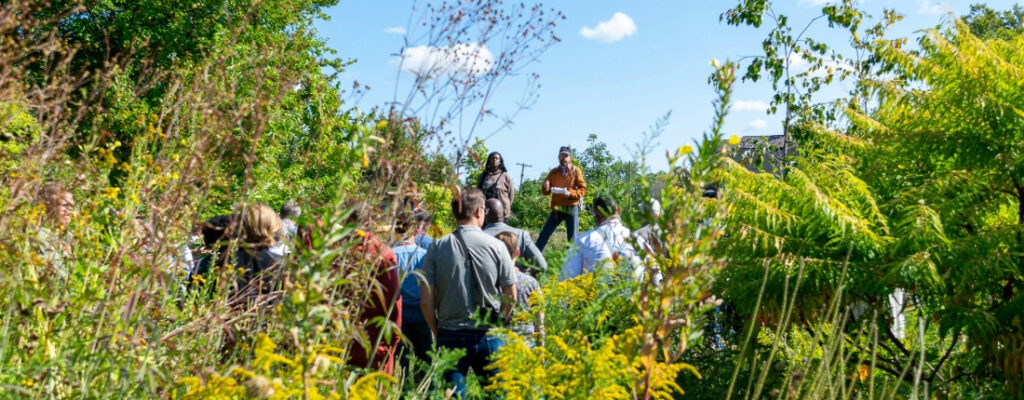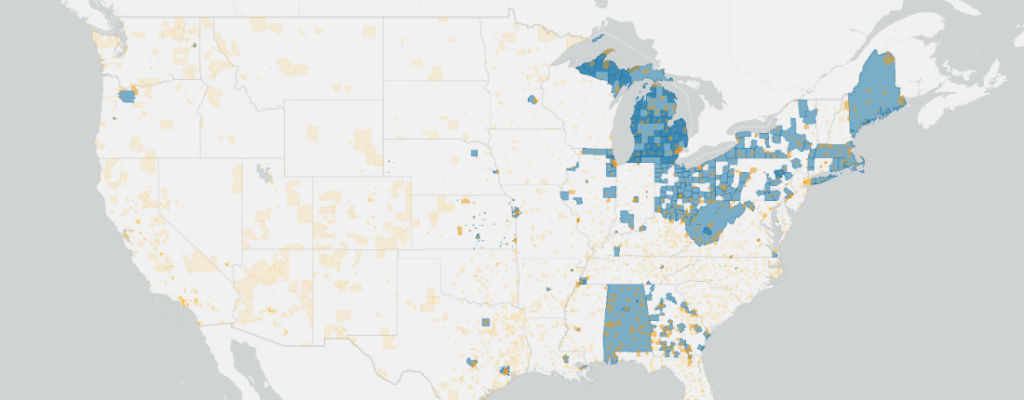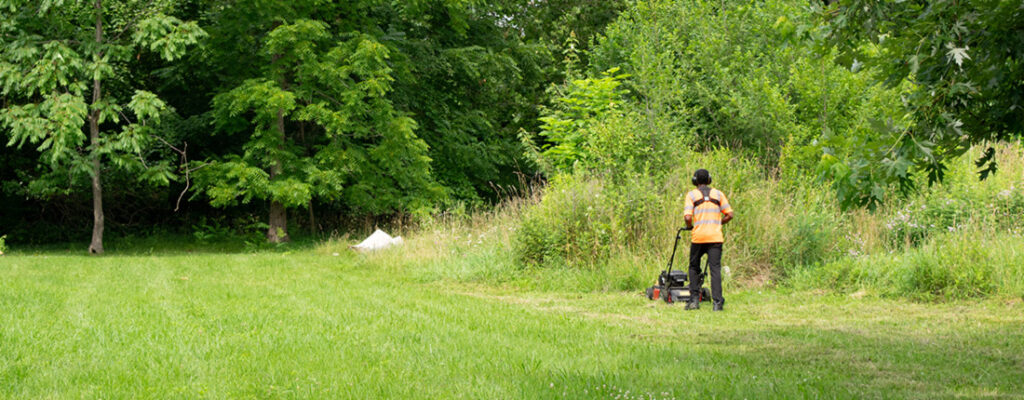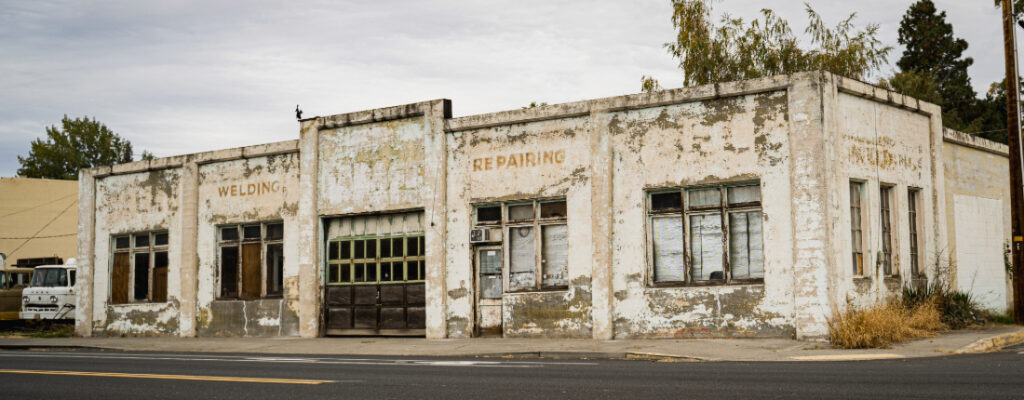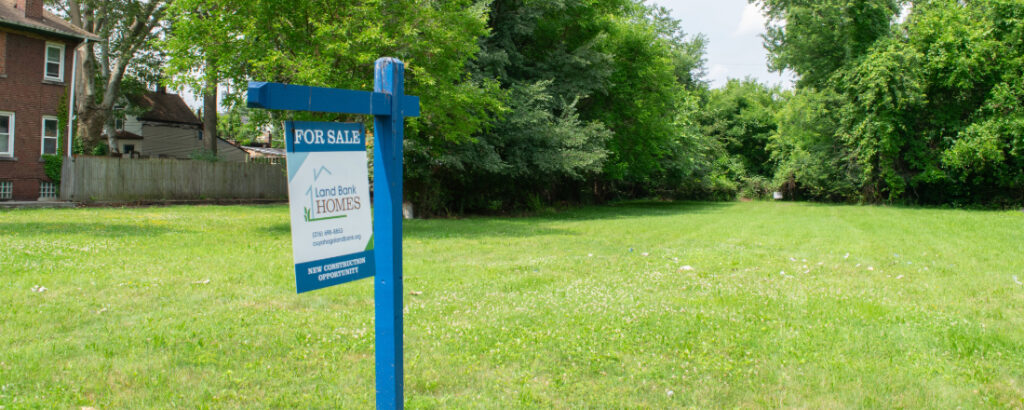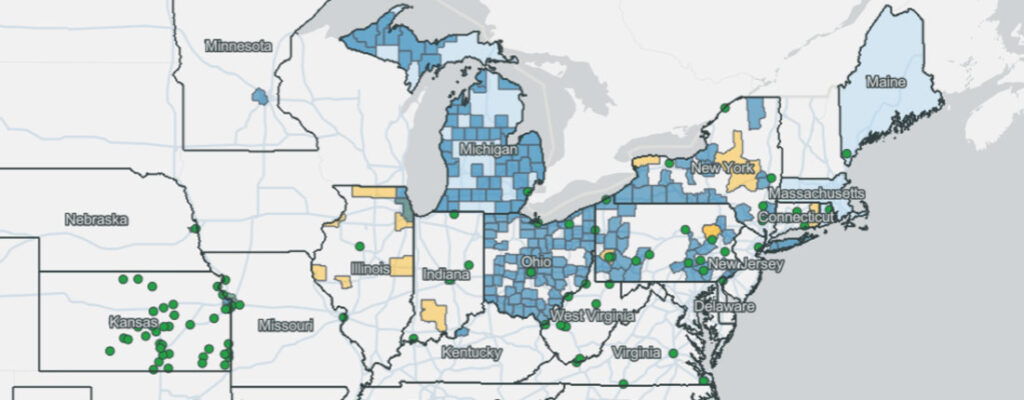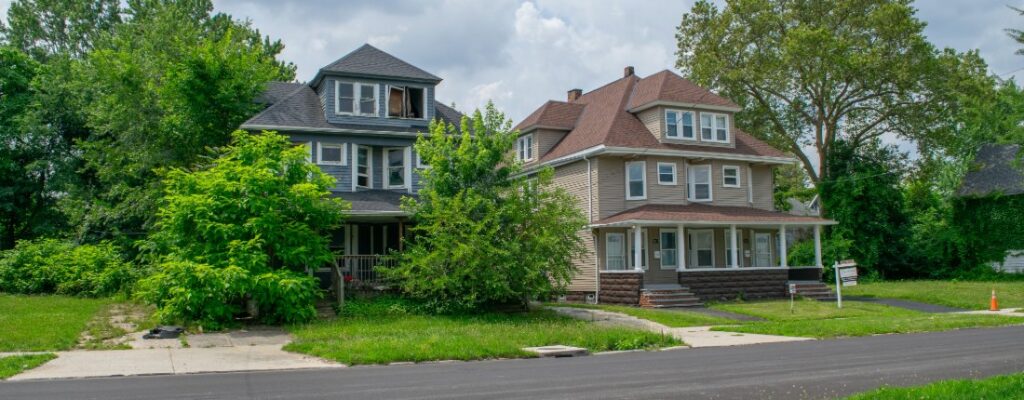Blog
Land Banks
Today’s COVID-19 public health crisis is evolving. As governments and business work to anticipate the potential housing and economic crisis that could follow, there is renewed focus and interest around land banks, which gained traction after the Great Recession. Land banks are governmental entities that acquire, hold, and steward vacant,…
Read More »We are still many months away from fully understanding the public health and economic fallout from COVID-19. However, history can provide some foresight into how this crisis may impact community stability and what actions local governments could examine now to mitigate these impacts. Discriminatory and unjust policies have exposed individuals…
Read More »Over the last 30-days we’ve watched the COVID-19 health crisis forever change the fabric of this country. The lives of millions of Americans have been impacted and the need for equity will grow exponentially. As communities are grappling with the immediate health, social, and economic impacts of this unprecedented pandemic,…
Read More »The pandemic is highlighting the crucial necessity of community developers’ work. Here’s what the field will need to play its part in the recovery. One month ago, when I began the first draft of this article, the world was drastically different. Well before we became part of this new reality,…
Read More »Information provided by Kelly Clarke, Executive Director, Kalamazoo County Land Bank. The ‘Inside Out’ project (Credit: Kalamazoo County Land Bank) What is Inside Out, and how did it come to Kalamazoo? Inside Out is a global participatory art project organized by JR, a winner of the 2011 Ted Prize at…
Read More »Westmoreland County, located southeast of Pittsburgh, Pennsylvania, has an active redevelopment authority and a land bank. It also has a large, and growing, aging population and a housing affordability problem. A new grant award will make it possible for the redevelopment authority and land bank to help with those…
Read More »It was September 2013, and I was in a conference room somewhere in the City of Syracuse with about twenty other individuals from across New York State for our first meeting of New York land bank leaders. At the time, I was the Director of Planning, Housing and Community Development…
Read More »Tarik Abdelazim, our associate director for National Technical Assistance, wrote this blog post (cross-posted from Breathing Lights) to begin to unpack the causes of vacancy and abandonment for residents of the Capital Region of New York. Although focused on cities in New York, the general trends described below are…
Read More »By: Emily Thaden, Kim Graziani, Annie Stup This blog post also appeared on the Shelterforce blog, rooflines.org. “For land banks to get into the affordable housing business, which is a discipline in itself, there could be claims that it’s off mission. But it’s not always off mission, particularly when it…
Read More »Land bank leaders gathered in Marquette, Michigan, last month, on June 13-14th, for the third annual Michigan Land Bank Leadership Summit. The event drew over 40 participants, representing over 20 land banks. This year, the Michigan Association of Land Banks also invited participants from counties interested in starting a land…
Read More »

